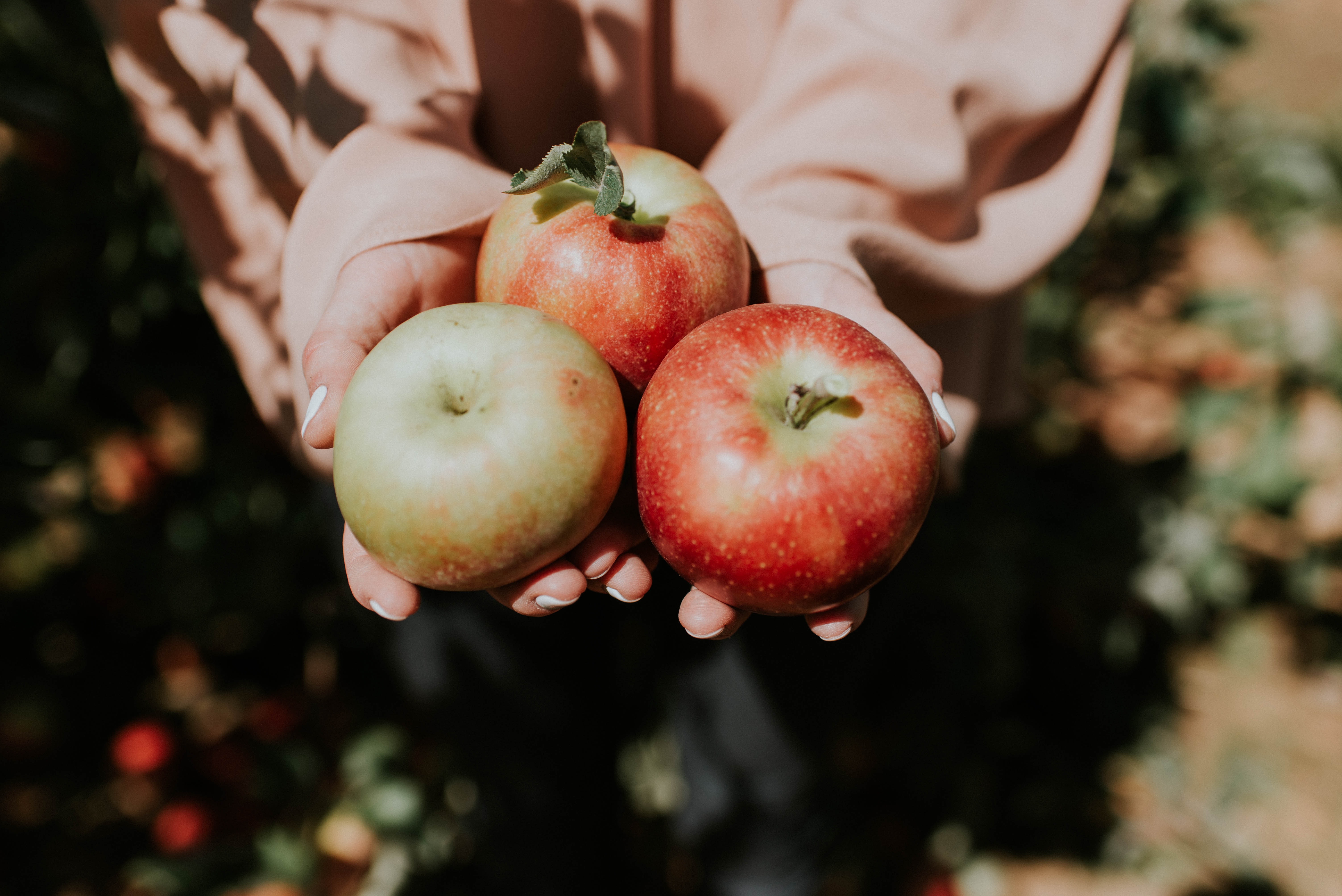
Gardening in the fall, is all about maintaining your outdoor space throughout the season and preparing your yard for winter. From harvesting and enjoying the fruits of your summer labor, to planting over-wintering bulbs and keeping existing trees and crops protected from harsh winter weather (depending on your climate), autumn is a season that represents a lot of change so it's a really exciting time to hang out in the garden!
Whether you have a green thumb or not, trust us that when you get to hear the rustle of fall leaves underfoot, and when you've been growing pumpkins and more gourds that are now ripe for picking, you'll want to be out there, giving your yard a little TLC and prepping for a gorgeous winter garden space.
It's important ahead of gardening and planting anything that you really consider what will grow in your climate. This will automatically minimize garden stress including failure rates and disease.
Jeremy Yamaguchi, CEO of Lawn Love notes how checking your zoning map is key: 'Some seeds will need to be planted in fall for a spring bloom – many need to be planted in late summer. Check your zoning map and see what needs to be planted when based on what you want to grow. Don't overcrowd. If the seeds don't take, there will still be a little time to try again.’
From planting for a beautiful spring garden to keeping a low-maintenance landscape looking sharp, here's what you can do to maintain your yard in the fall:
1. Keep hedges and foliage in check
As part of your autumn gardening routine, use a good pair of secateurs or hedge trimmers to trim thick stems right back and remove any dead branches and leaves. This will make maintenance in spring easier, prevent overgrowing and overcrowding, and reduce dropping leaves.
Fall is also a great time to prune fruiting cane shrubs, especially currants and raspberries, once they've finished producing; young trees that haven't yet established a good shape, and border perennials such as peonies and delphiniums.
2. Make use of autumn leaves
Autumn leaves are beautiful, but gardens with mature trees will get a lot of them on the ground. Fortunately, leaves can be very useful, and you don't have to throw them out with your garden waste. Instead, add leaves to your homemade compost heap as they make for an excellent brown matter which is essential.
Making leaf mold is another great use of autumn leaves in your garden. This will take a couple of years, but allowing your leaves completely break down into leaf mold produces a valuable substance for aerating the soil in your garden. When the leaf mold is ready, simply add it to your topsoil to improve drainage and nutrient absorption. You could also mulch leaves into your lawn using a mulching attachment or a lawn mower that can operate without a grass collection box. The finely chopped up leaves will gradually be reabsorbed into the earth helping to keep your turf healthy throughout winter also.
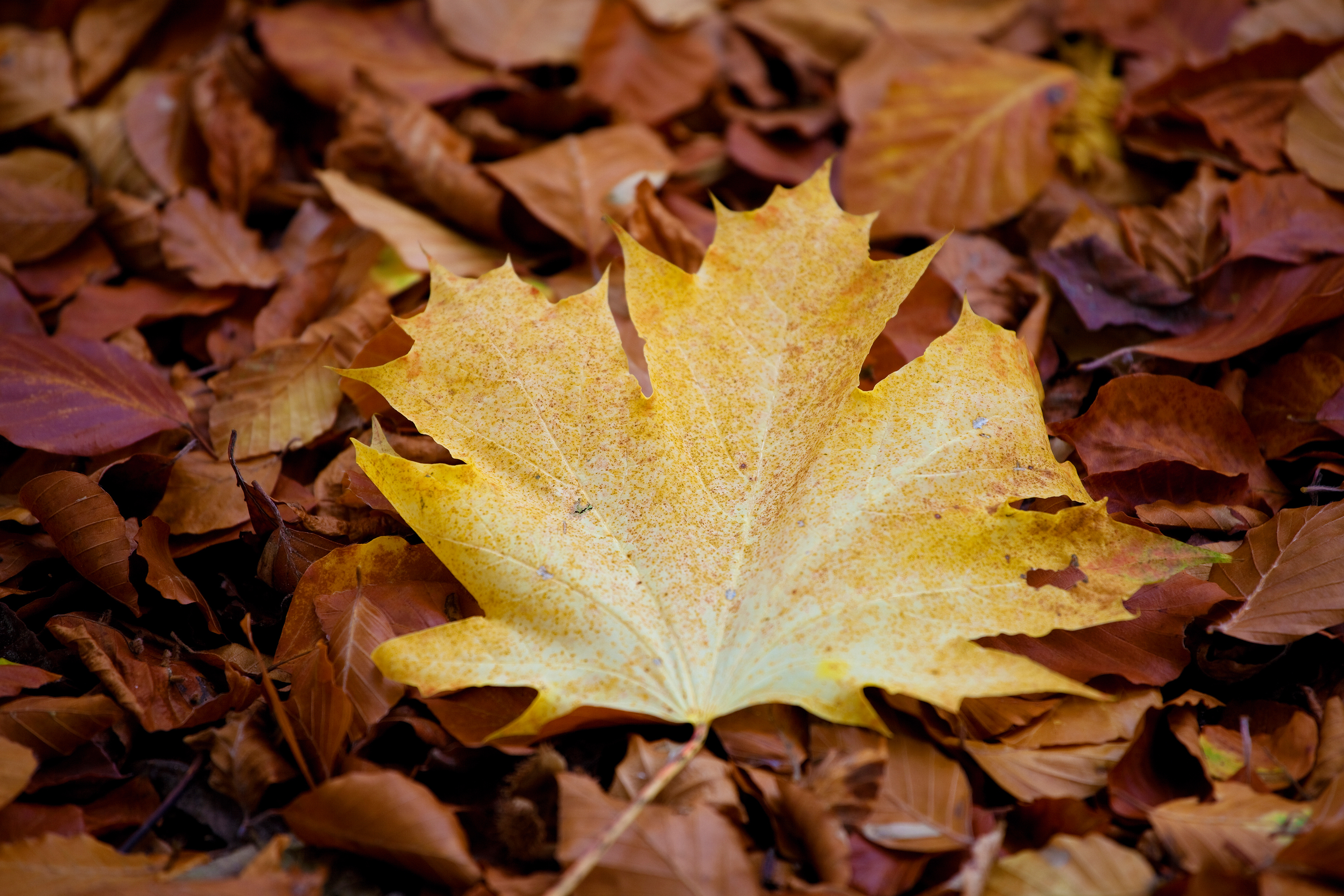
3. Harvest autumn-ready crops
Autumn is harvest time in your yard, so, whether you have a full-on kitchen garden, or a few bushes and fruit trees, if you live in a temperate climate, fall is the time to pick potatoes, late-season berries and much more to enjoy (and cook and eat).
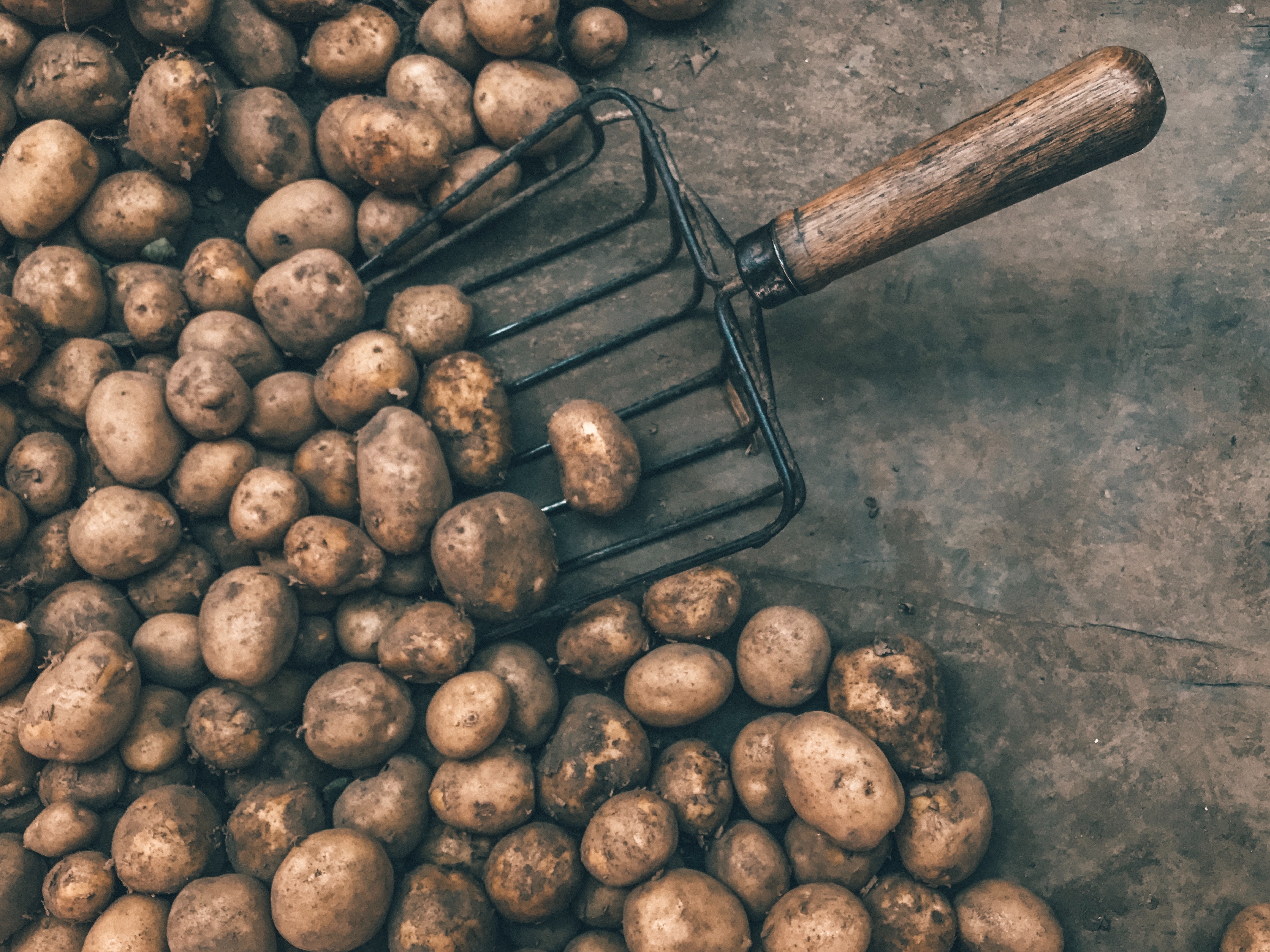
Harvesting potatoes
If you've planted potatoes, look out for when the leaves begin to turn yellow, chop them off, then wait for about a week before digging up your potatoes. Before you store them for the winter, use the dry September days as an opportunity to cure them – that is, dry them off for about a week. Pick a dark, sheltered spot and lay them out on old newspaper or canvas. After that, they're ready to go in your cellar or pantry.
Pick apples
September is also prime time for apple picking – and it couldn't be easier. All you need to do to figure out whether an apple is ready to pick is to hold it in the palm of your hand and give the stalk a bit of a twist. If it's not coming off easily, give it a week longer.
It's not too late for raspberries in September, with many late-season cultivars fruiting all the way up to the first frosts. Of course, good weather is crucial here, but with if the September weather is still warm, you're likely to still see some berries. Ripe raspberries should be a deep color rather than a bright red. Raspberries can be frozen, although they're best eaten right after picking.
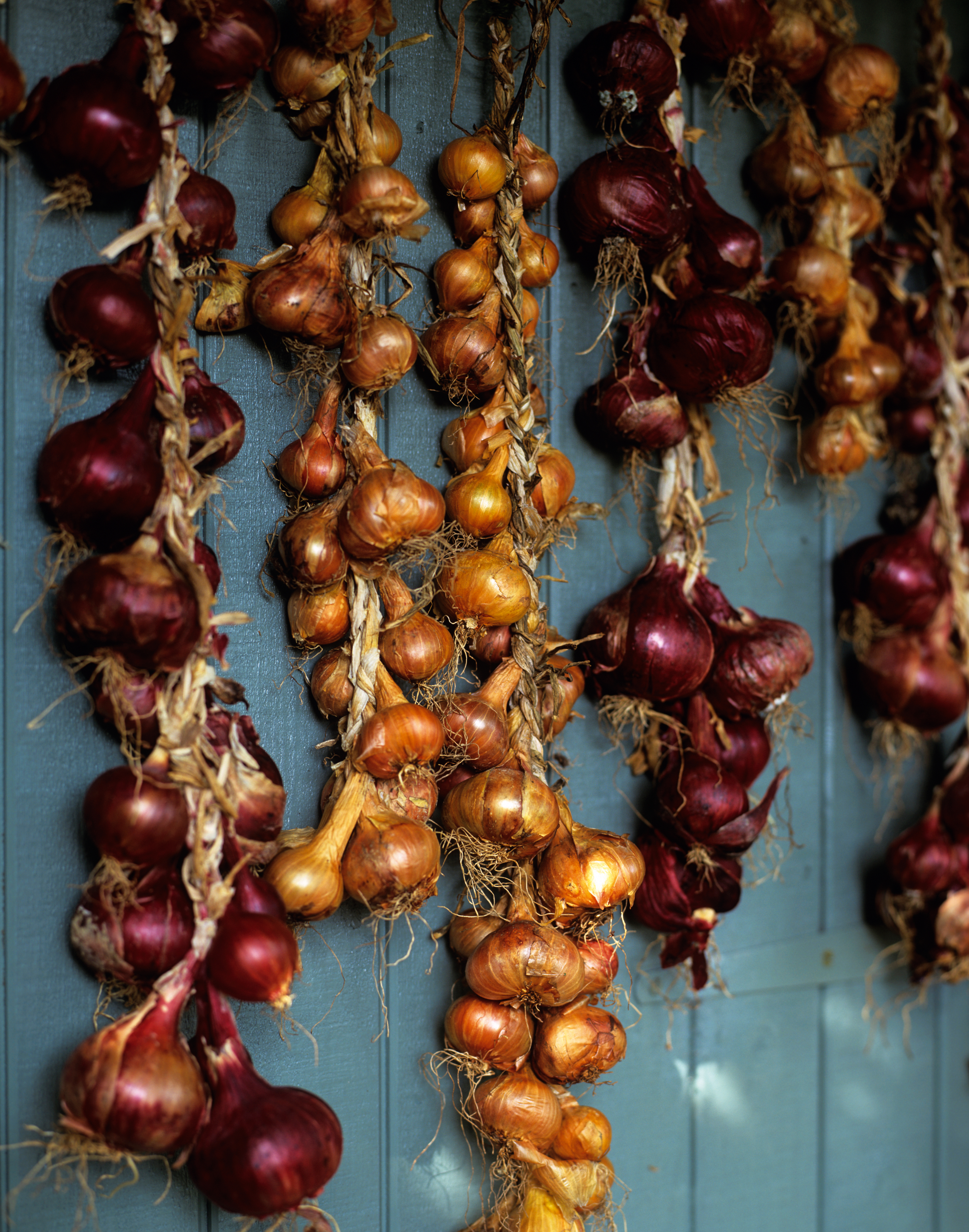
Depending on which month you started growing onions, they can be harvested from summer all through autumn until the first frosts. A good sign that your onions are ready for pulling (or lifting with a garden fork) is when the leaves begin to flop and turn yellow – this means the onion is no longer growing. Dry September weather is perfect for curing them outside for a couple of days after picking, but if it's wet, then lay them out inside for a couple of days before storing.
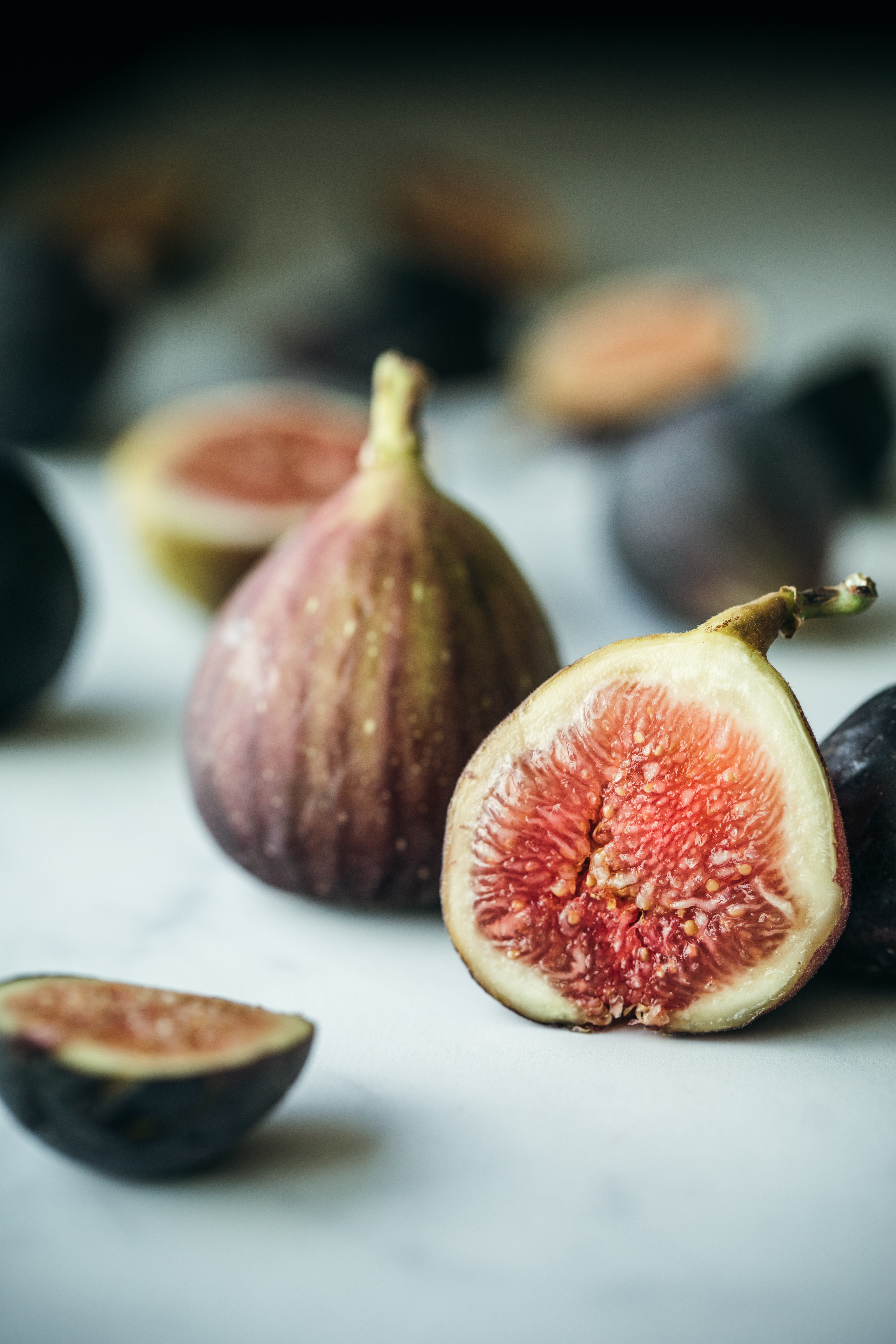
Figs can be a hit-and-miss crop (especially in the UK) but with after a warm summer, fig trees should have produced fruit, meaning that September is prime time for picking. Ripe figs are a deep purple in color and soft to the touch: leave any that aren't quite there for another couple of weeks.
4. Keep your lawn hydrated and protected
In a dry winter, grass will still need plenty of water. If you spot brown patches on your lawn, ensure it is watered regularly.
If temperatures drop around fall in your area, you cut the grass with a good lawnmower before the cold and wet weather sets in. Give your lawn a good cut before the cold and wet weather sets in and trim back the edges to make maintenance in spring easier. Keep weeds down by regularly checking for them, and clear away fallen leaves from the lawn too, to prevent rot.
5. Weather-proof pots and plants
Autumn gardening is all about preparing your plants for winter, making sure they're protected from water logging and frosts.
If you have crops growing in a container garden, ensure they all have good drainage and try to raise planted pots off the ground to prevent them getting waterlogged. Next, insulate pots with hay, cardboard, horticultural fleece or hessian to keep even hardy plants protected from harsh winds, downpours and early frosts.
If you have any plants you know are particularly susceptible to cold weather, get them in the greenhouse or in your conservatory. The first frost of the year can arrive without any warning and kill your favorite foliage.
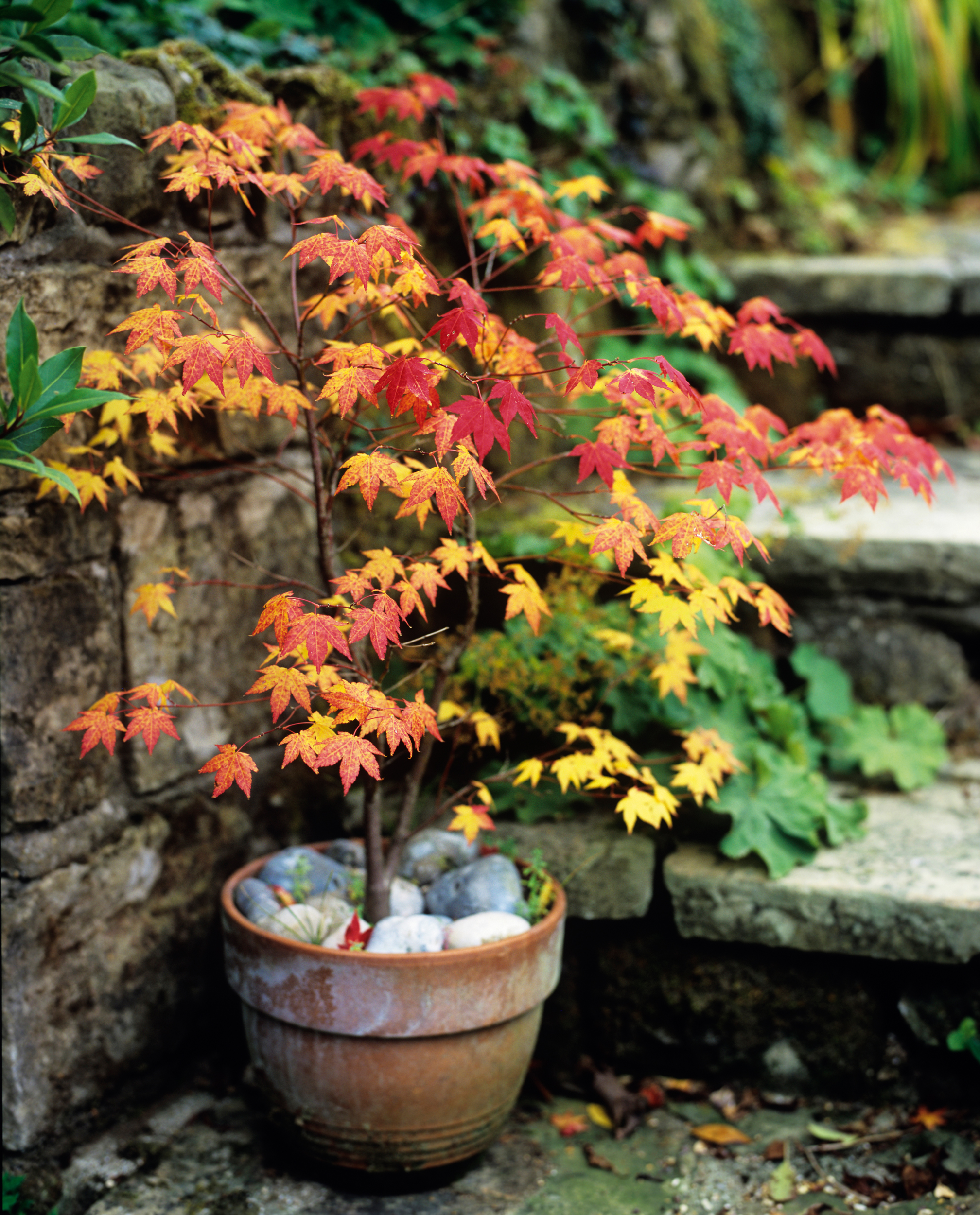
6. Get ahead and plant spring bulbs
While your lovely autumn plants are on display, plan ahead to enjoy colourful daffodils, tulips and other spring blooms appearing in your garden next spring by remembering to plant the bulbs from September to November/December.
Sarah Squire, Chairman of Squire’s Garden Centres in the UK notes how planting flower bulbs can be done up until December but that autumn is a great time to start as soil will be typically warmer and more moist, giving garden plants a better chance of success.
'Look to choose large, firm bulbs' Squire says, advising that if buying pre-packaged bulbs, to check they are from a cultivated stock as these should have been quality checked.
Squire shares a top tip for planting spring bulbs in the fall: 'DO make sure bulbs are planted deep enough to ensure they continue to give a wonderful return year after year. Planted too shallow and bulbs will only look great for the first year. Remember to check the packet for recommended planting depth,' Noting that timing is essential also, so checking the correlation between planting and flowering time will help you plan your floral display.
Chris, author at Garden Benchtop notes how it's important to plant bulbs and blooms before you get mulching, 'before you cover the garden in mulch, get your flowering bulbs into the ground. Settle those bulbs into humus-rich soil so they can establish themselves through the winter, ready to put on a springtime show!'
7. Plant trees
If you want to consider planting trees in the future also, Zack DeAngelis, Founder of Tree Journey recommends making this part of your autumn gardening to give them a great start.
‘If you're planning on planting new trees in your yard, strongly consider starting that process this fall! Often times depending on the species, fall is generally one of the best times to plant a tree given the cool and rainy weather conditions. The goal of fall planting is to give the tree's roots time to get established before they go dormant during the winter, where potential damage from summer heat and pests are far less likely to interrupt the growth process of your new sapling. The roots will be quite well developed come spring time the following year.
'As timing will vary based on the species of tree you're planting and the climate you're in, make sure to do some research on your specific area. Generally in climates that don't see the harshness of winter until at least December, planting trees in the fall between late August and mid-October will give them the best shot at success. If you miss this window, you may be able to push it depending on your tree's species but early spring may be your next best option!'
8. Don't forget wildlife
Don’t forget about any wildlife that visits your garden. Make sure you leave out seeds, nuts and water for the birds - this can be life-saving during the winter when food is scarce and the cold can take its toll.
Create bug homes, and leave out suitable leftovers for other wildlife you want to encourage to share your outdoor space. Shelter is essential for a hedgehog’s survival during the winter, and you can make a hedgehog home from woodpiles – choose a quiet spot that is unlikely to be disturbed from November to March.
Find out more about creating your own wildlife garden.
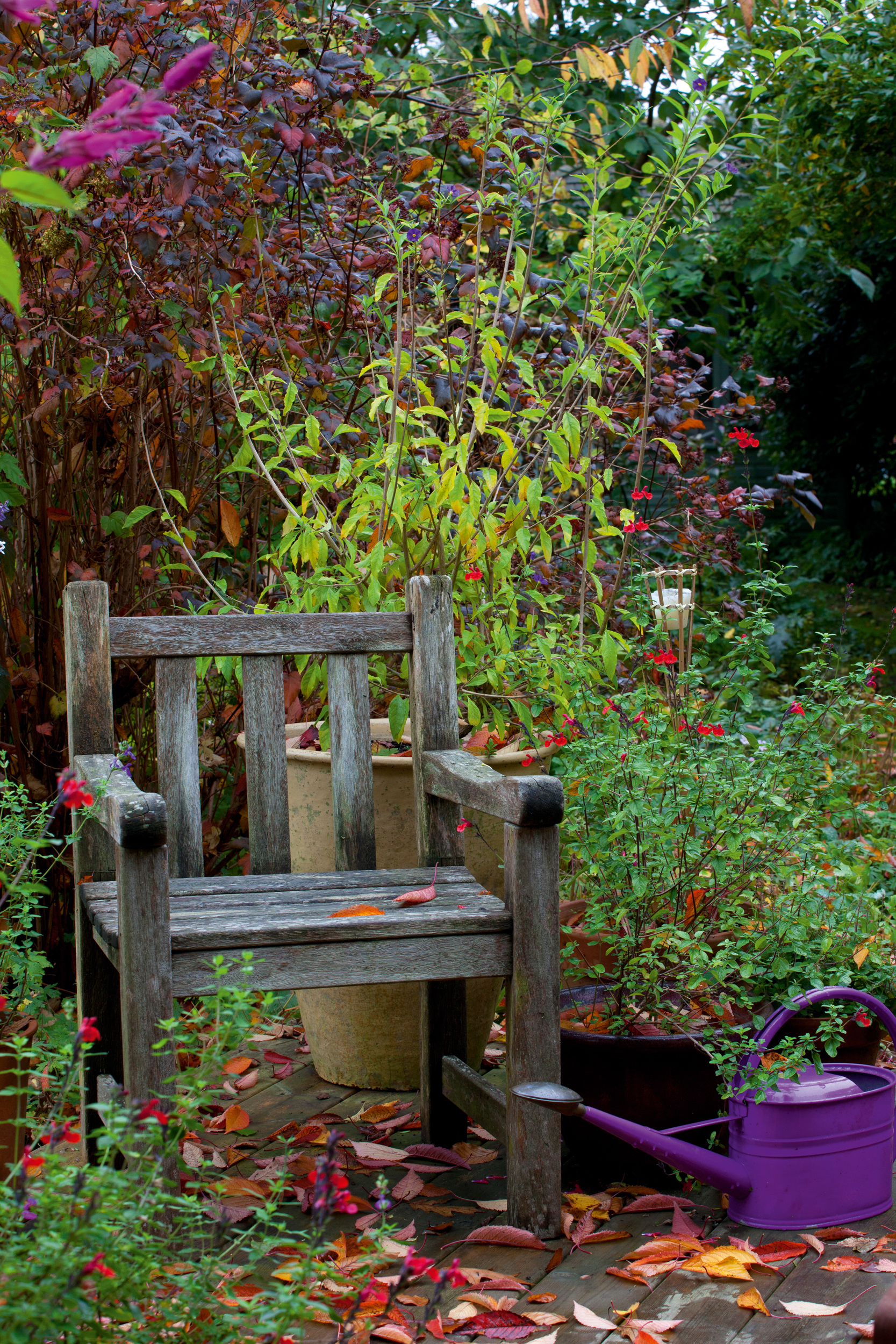
9. Mulch
Once all your planting is done, look to mulching. As temperatures drop and the weather gets wetter, your plants become more vulnerable to waterlogging, root rot, and, if they're sufficiently weakened, pest larvae. Mulch around the roots of your plants with wood chip, leaves, or pine needles.
Chris adds: 'Mulching the garden beds and vegetable patches in autumn is one of our favorite things to do. It is like we are tucking our plants into bed, and closing out a productive growing season. Not only does it help with retaining moisture, but it also doubles up as protection from frost and snow.'
10. Reseed your lawn
Properly caring for your lawn during the autumn months is essential to both prepare it for the winter and encourage healthy lush growth next spring. A high-quality lawn mower is important, then once you've prepped your lawn for autumn by mowing, scarifying then aerating it, you'll want to reseed it and keep the nutrients topped up throughout fall, into winter.
Note: when mowing a lawn in autumn you should raise the height of the cut to 30-40mm, as cutting the grass too short at this time will also encourage moss growth.
Early autumn is the perfect time to seed a lawn, because you'll be able to see any bald patches that need evening out. After sowing the seeds, sprinkle the lawn with a mixture of soil and sand. Be careful not to bury the existing grass under the mixture: the grass should still be poking through.
Finally, feed the lawn with an autumn/winter-specific fertilizer, as it will be lower in Nitrogen but higher in Phosphate and Potash than a summer fertilizer. Phosphate and Potash promote root development, helping the turf to go into winter with a head start.
11. Introduce cover crops
To increase soil fertility, Silvia Borges, sustainability gardener, owner and Chief Editor of EnviroMom suggests introducing cover crops: 'A neat, special kind of plant that prevents your garden from being sunk in water like Atlantis when those March rains come. Besides putting a stop to soil erosion, cover crops increase soil fertility by producing ammonium through a process called nitrogen fixation, thus making a perfect soil for your favorite plants.'
Join our newsletter
Get small space home decor ideas, celeb inspiration, DIY tips and more, straight to your inbox!
Anna is a professional writer with many years of experience. She has a passion for contemporary home decor and gardening. She covers a range of topics, from practical advice to interior and garden design.
-
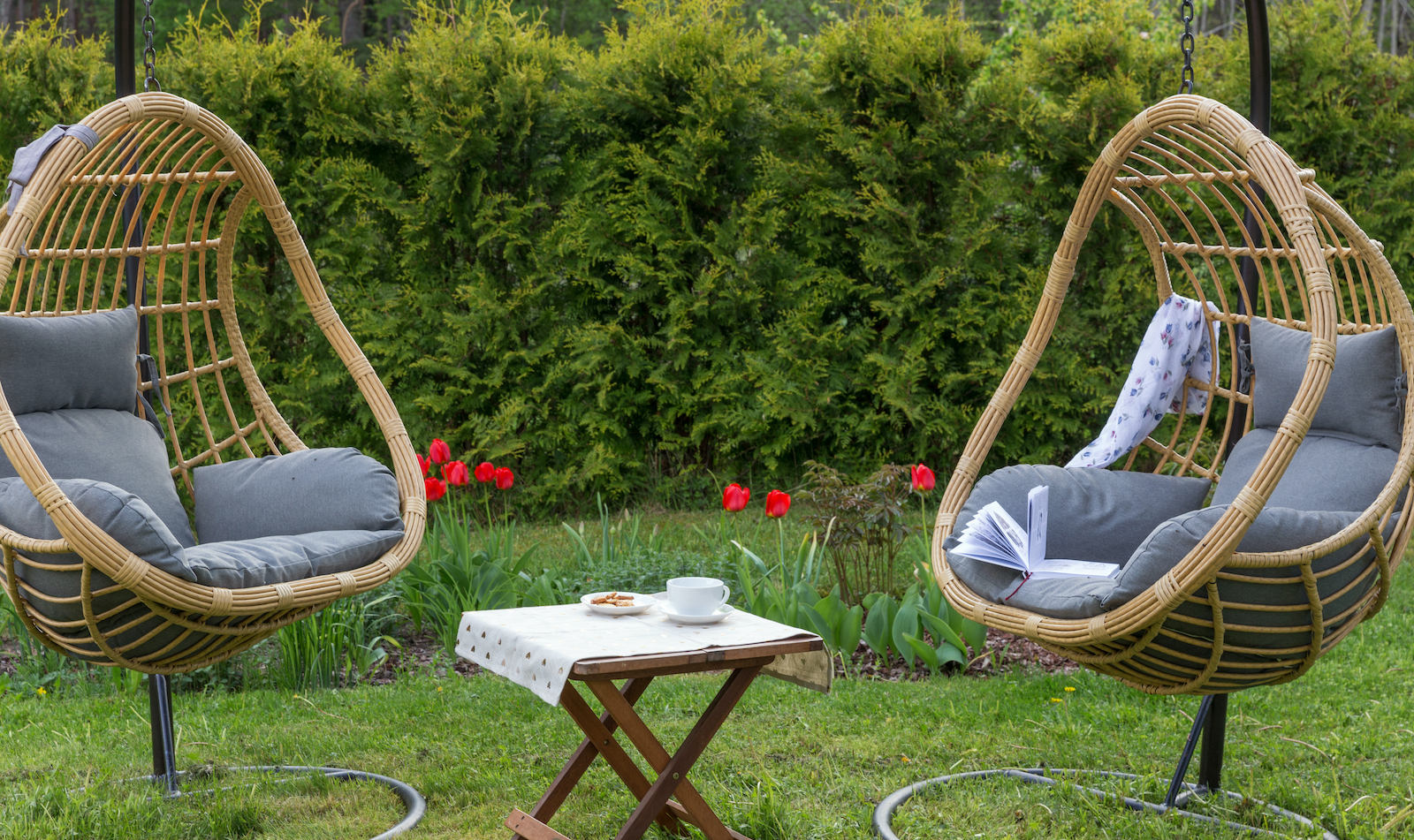 Backyard inspiration: interior designers reveal the four things you need for summer 2024, starting at just $40
Backyard inspiration: interior designers reveal the four things you need for summer 2024, starting at just $40Our edit of backyard inspiration according to interior designers will help you perfect your space for summer. Here's what the professionals are shopping this year.
By Danielle Valente
-
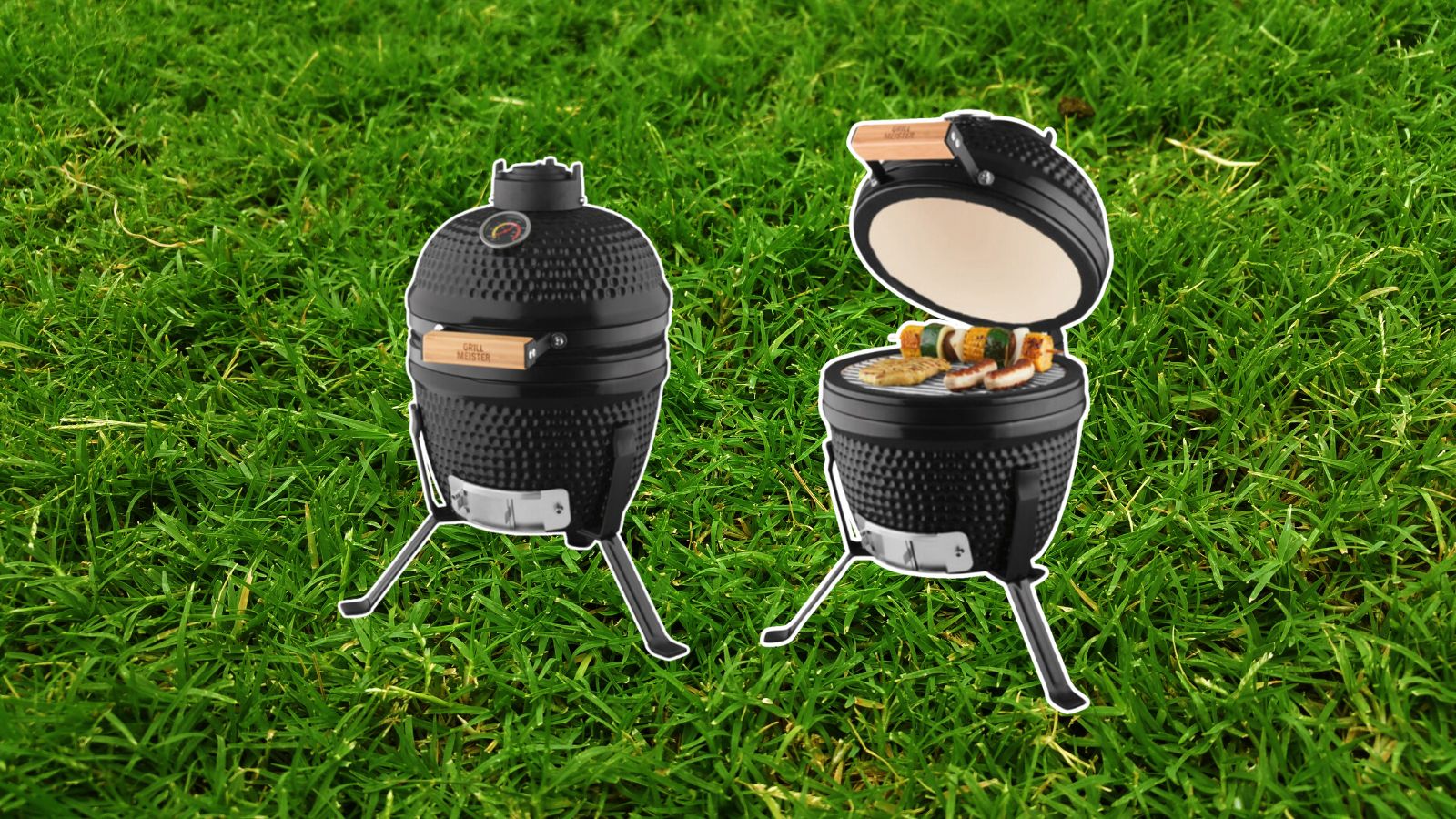 There's a kamado-style Grill Meister at Lidl for less than $100, and it's a small space steal
There's a kamado-style Grill Meister at Lidl for less than $100, and it's a small space stealThere's a kamado-style Grill Meister, Lidl's recent popular buy, that clocks in at just $75. Here's why it works so well and why you need it in your backyard
By Danielle Valente
-
 Our favorite Wayfair patio furniture picks for small spaces that make a big impact
Our favorite Wayfair patio furniture picks for small spaces that make a big impactWe scoped out Wayfair patio furniture — some of which is up to 60% off this Way Day — and found perfect fits for small spaces
By Danielle Valente
-
 Anthropologie's outdoor egg chair is a boho delight, but we found swaps for $800+ less
Anthropologie's outdoor egg chair is a boho delight, but we found swaps for $800+ lessThe outdoor egg chair from Terrain, available at Anthropologie, is a cute boho, buy, but expensive. Check out these hanging egg basket swaps that are over $800 less
By Danielle Valente
-
 Target outdoor furniture that perfectly captures 2024's best backyard trends
Target outdoor furniture that perfectly captures 2024's best backyard trendsDining sets, love seats, umbrellas — Target outdoor furniture offerings are as abundant as they are stylish. See what trendy pieces to snag this year
By Danielle Valente
-
 Walmart backyard furniture picks from just $25 that will keep out nosy neighbors
Walmart backyard furniture picks from just $25 that will keep out nosy neighborsWe round up Walmart backyard furniture picks from just $25 that are stylish, seclusive, and eye-catching. If you want to make a statement, particularly one neighbors can't see, shop these deals.
By Danielle Valente
-
 Tan France tips us off on the must-have "chic" backyard accessory of the season, and it's only $10
Tan France tips us off on the must-have "chic" backyard accessory of the season, and it's only $10Tan France tips us off on the backyard buy not to do without: plastic glassware. It's a chic way to host outdoors, particularly with kids in tow.
By Danielle Valente
-
 The latest Pottery Barn sale will help you create the backyard oasis of your dreams with up to 30% off
The latest Pottery Barn sale will help you create the backyard oasis of your dreams with up to 30% offThe latest Pottery Barn sale offers up to 30% off outdoor buys including furniture and decor. Here's what to shop for the spring and summer seasons.
By Danielle Valente